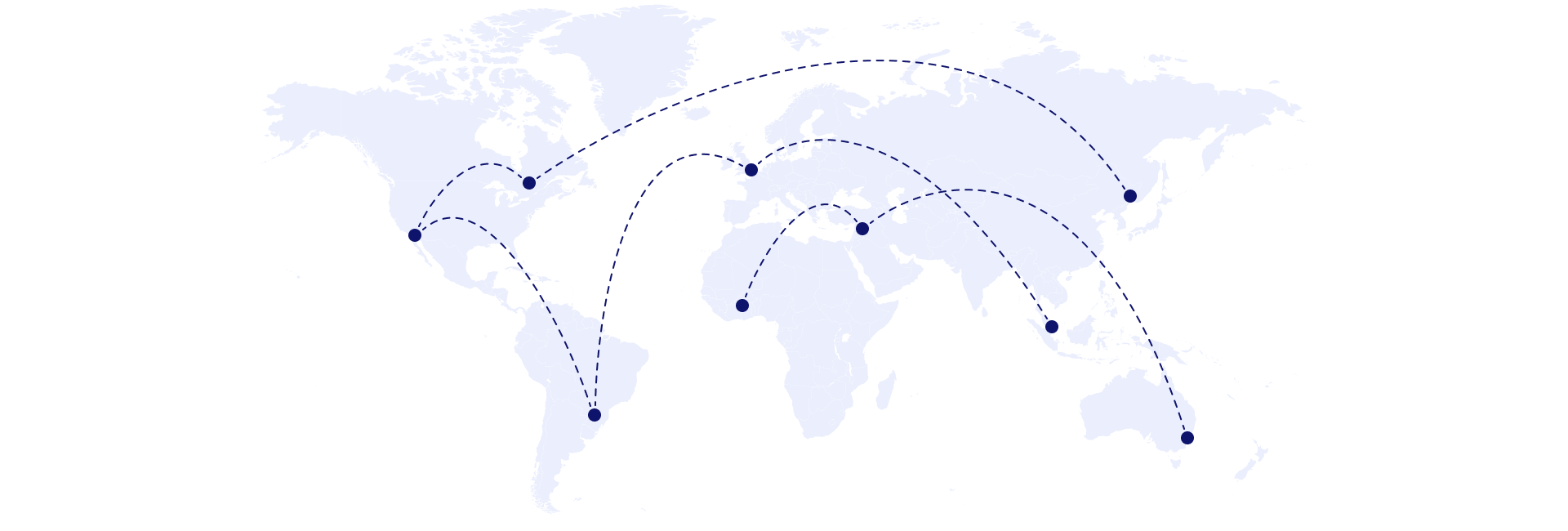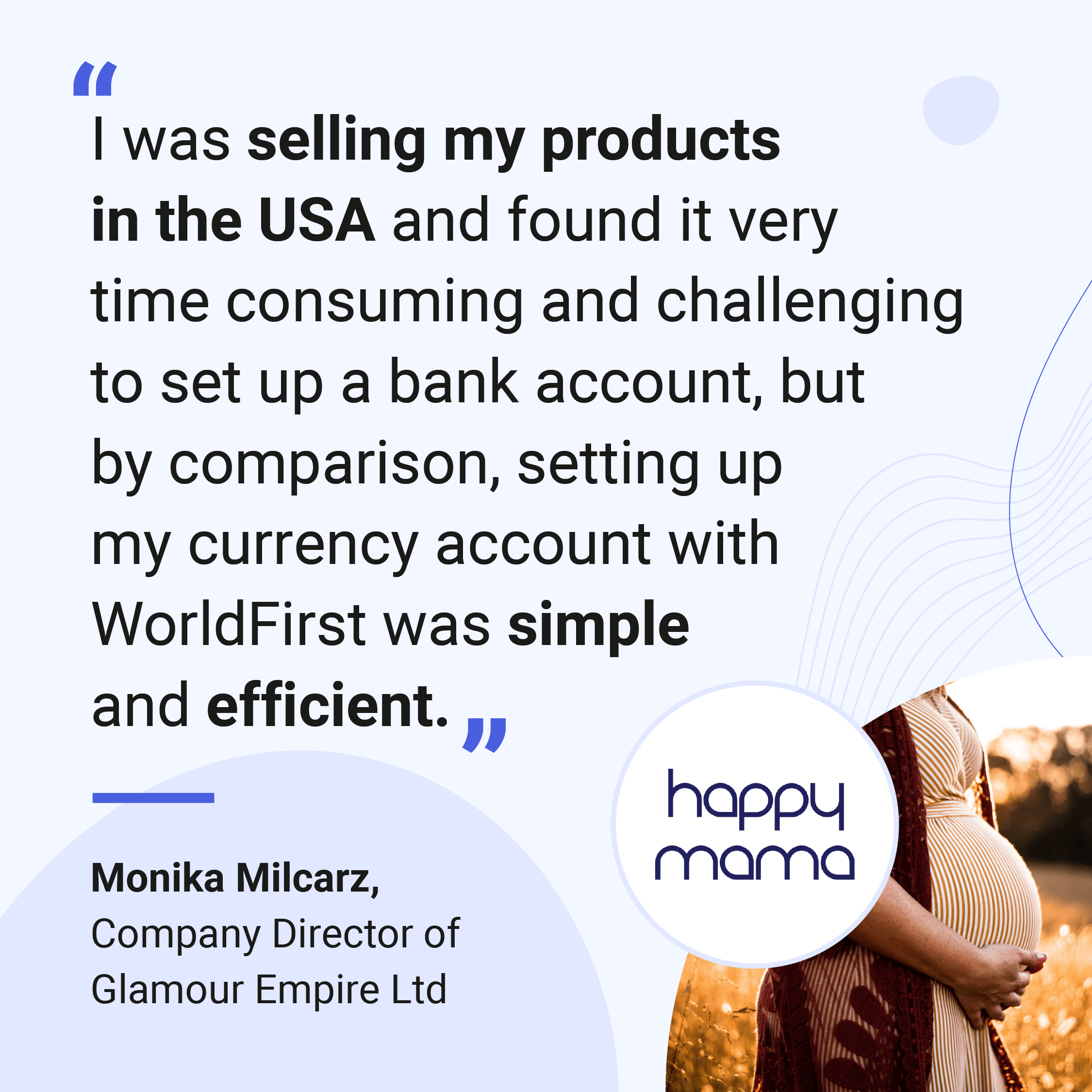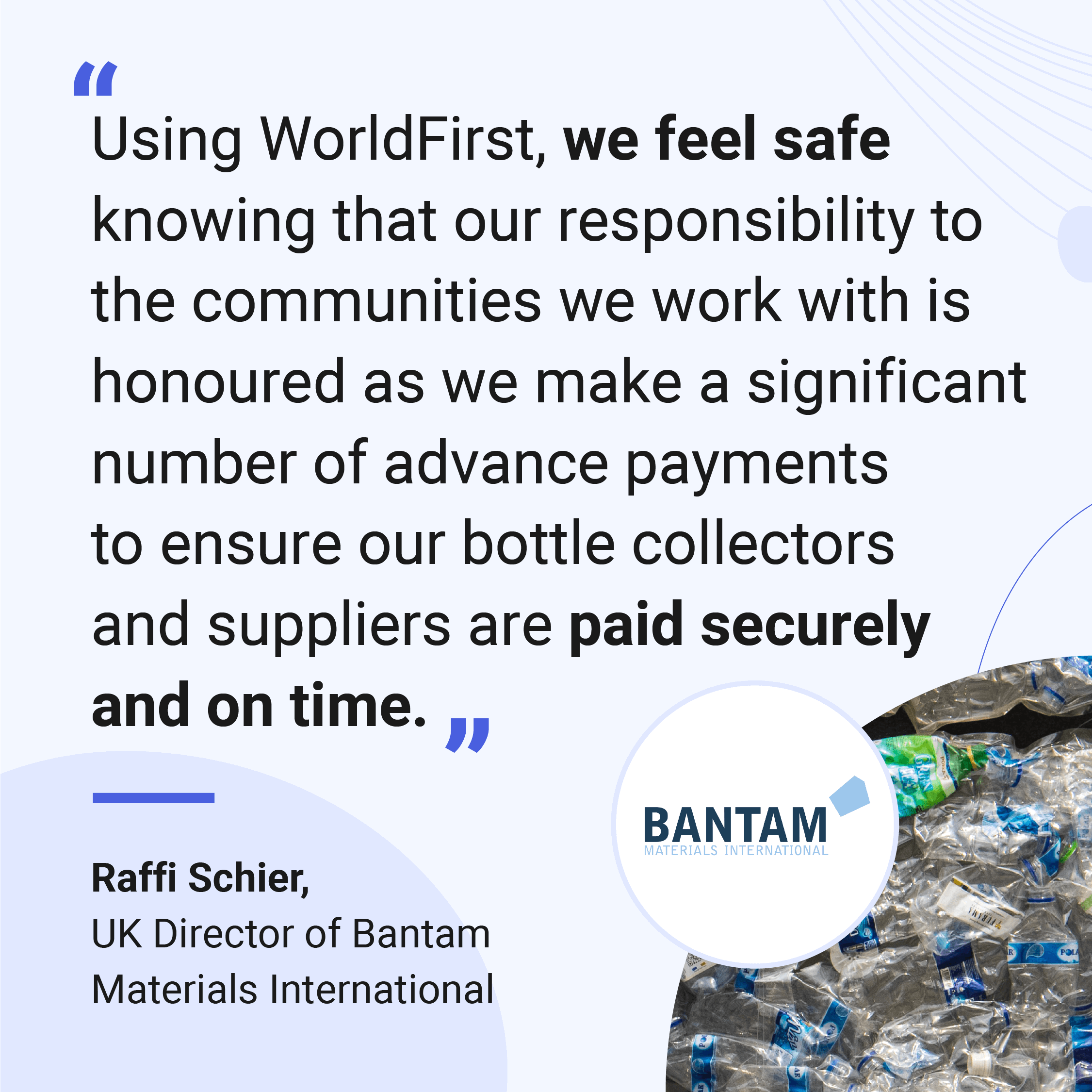
Your business is doing well at home and now you want to expand and take it overseas. So, let’s get prepared. We talk through the critical elements to think about, prepare for and know about before you launch in a new market so you’re set up to achieve international success.
How to set up your foundation for success
Before embarking on your cross-border expansion, take the time to understand what you want to achieve and how to get there. This requires plenty of research and planning into your target market, your business readiness and developing a strong, clear strategy.
1. Research your market thoroughly
You might already be doing well in your local market. But when looking to expand your business internationally, it’s not as simple as closing your eyes and pointing to a place on a map. Analysing potential target markets is key to learning whether or not your business would do well there.
A helpful place to start is looking at market trends in a specific region or country. Some questions you can ask yourself are:
- How popular is this service or product already? Is it an oversaturated market?
- What are the latest findings from reports on the industry and region?
- What is the market size?
Researching your market also includes looking at the local culture and customs, and seeing if your current business model and products are a good fit with the buyers’ preferences. For example, if a region’s buyers engage with brands on mobile devices more than on a laptop and prefer an interactive user experience, how well is your business set up to meet these needs?
Lastly, it’s always useful to look at the competitive landscape and how others in the market are positioning themselves to attract their target audience. This research also gives you the opportunity to identify potential partners to work with as you expand your business.
2. Assess your business readiness
Before looking across the pond to go global, it’s critical to check whether you’re in a strong position for this expansion. You can do this through a business readiness assessment. It’s important that you do this with brutal honesty and openness so you can get a thorough and realistic sense of the gaps that you still need to fill.
Business readiness checks include:
- Financial strength - i.e. do you have enough funds or capital to spend on this expansion?
- Operational capability - i.e. how well will your existing operations handle it?
- Human resources - i.e. will you need additional staff?
By diving into the specifics, you’re better able to look at the picture as a whole and then build from there. At the same time, you’ll discover areas of concern or potential difficulty and can decide what needs to be done and when.
After looking internally, it’s time to assess how ready your business is with the external factors of local regulations and compliance requirements. Some products may need additional paperwork, while some services will require audits and registration with local governing bodies. Check what you need in your industry and market, if you meet these already, and if not, how to get yourself compliant and ready to go live.
3. Create your go-to-market plan
At this point, you’ve identified your target market and feel confident that it’s the best place to take your business. You’ve also done your homework in confirming that your business is ready to expand into that market. The next step is to define your plan of action.
Within your plan, it’s often easiest to start with clear objectives and goals and to work your way backwards. For example, if you state a revenue target as a goal, you can develop a market entry strategy that looks at pricing, marketing and distribution plans and costs to get you there over the course of the next 12 months.
Partnerships and joint ventures with related companies can be a great way to access an existing audience immediately while you build your own from scratch at the same time. While there may be a small impact on some initial goals in the short term, such as reduced revenue, your timeline can be adjusted to account for this. It’s important to think long term and to invest your efforts with this in mind from the start.
Pitfalls to avoid and navigating the challenges
1. Cultural differences
What and how something is said in one country can be unwelcome and even insulting in another. For example, a teeth whitening toothpaste called ‘Gue’ was previously launched in India. But when translated into the local language, ‘Gue’ means cow dung – not something you’d want to put in your mouth! This was a costly marketing oversight that could have been avoided with a bit more local research before launch.
To start off on the best foot in your new market, it’s important that you take the time to learn what’s considered acceptable to say, and adjust your sales and marketing messaging to fit in. Similarly, take into account local customs, traditions and holidays to avoid cultural faux pas.
If you need some additional help, it’s worth hiring a local expert to get these insights so you can learn about the subtle, and not so subtle, nuances.
2. Regulatory compliance
To avoid hefty fines, prioritise thorough research into which regulatory standards you’ll be held to in your new market. This is extremely important so you can not only avoid unnecessary costs, but also ensure that you maintain a reputable brand.
Consulting with an expert can help to ensure you’ve got all the information and paperwork in place for local market considerations, such as:
- Import and export regulations
- Tax requirements
- Laws and standards in your industry
- Licences and permits
There may also be additional standards to aim for that will help you build a strong reputation and attract the right audience and partners in the long term.
3. Currency fluctuations
The biggest change you’ll experience on a regular basis when going global is managing foreign exchange risks. Why? Because currency pairs, like exchanging GBP to EUR, or USD to INR, fluctuate frequently. Getting a firm handle on your bottom line is harder when selling overseas compared to when you’re only selling in your home region.
How currency fluctuations affect your business:
- To make it easy for customers to buy from you, you sell in the local currency.
- But selling in a different currency means you’re at risk of lower profits when you transfer it back into your home currency.
To counter this, educate yourself on the risks you could face and the various hedging strategies you could use to better manage your cash flow. This is an important but commonly overlooked element to achieving success and consistency in a new global market.
At WorldFirst, we’ll help you to protect your business against foreign exchange risk and exchange rate volatility with our World Account. You get a business account designed for trading in multiple currencies, so you can manage your funds in 10+ local currency accounts and make payments in 40+ currencies.
You’ll also be able to:
- Book a forward contract. This lets you lock in an exchange rate for up to 24 months in the future to reduce your budgeting uncertainty.
- Receive phone alerts when your currency pair reaches the exchange rate you’d like, so you don’t have to keep an eye on the market.
- Set up a firm order. This lets you automatically exchange currencies at the rate that you’d like.
Apart from understanding how to manage exchange rates and their effects on your business, you should also keep an eye on both macro and micro economic trends, and adjust your prices accordingly to stay competitive and relevant.
4. Logistics and supply chain management
For smooth business operations, invest the time in building solid logistics and supply chain management. It’ll inevitably be different to your home market, but it’s crucial that your shipping solutions remain equally efficient and reliable in every market you operate in.
For example, ensure your service level agreements (SLAs) with partners are strong enough to account for unforeseeable challenges, such as forced halts in deliveries.
Navigating the local customs procedures can be complex. It would be wise to partner up with a local agent to help save you time and money.
Going global: do’s and don’ts
Do:
- Conduct thorough market research and understand local consumer preferences
- Partner with local experts to understand and navigate cultural nuances
- Comply with all applicable regulations and obtain necessary permits
- Build strong relationships with local partners and distributors
- Seek local regulation expertise in the market you want to expand into
- Be patient and adaptable, as cross-border expansion takes time and effort
Don't:
- Underestimate the importance of cultural sensitivity and local customs
- Assume that your products or services will be successful without adaptation
- Ignore regulatory compliance requirements or attempt to go around them
- Rely only on your experience selling in your home market
- Neglect the importance of building strong relationships with local stakeholders
- Make hasty decisions without proper research and planning
Your successful plan for cross-border expansion
Going global with your business can be a hugely rewarding journey. But to succeed in a new international market, you’ll need plenty of planning, preparation and often external help at the start.
The key elements to keep in mind are a deep understanding of the target market and a well-considered strategy that takes all elements of your research into account.
Defining clear business goals and objectives and stating what success looks like for your expansion will help you to not only build a plan, but also stick to it. Using this as your guide, you’ll be able to implement best practices to achieve your version of success.

Businesses like yours trust WorldFirst
- Almost 1,000,000 businesses have sent $150B around the world with WorldFirst and its partner brands since 2004
- Your money is safeguarded with leading financial institutions

What our customers say about our services





